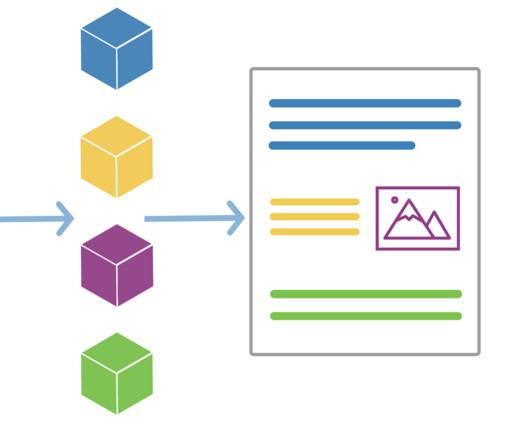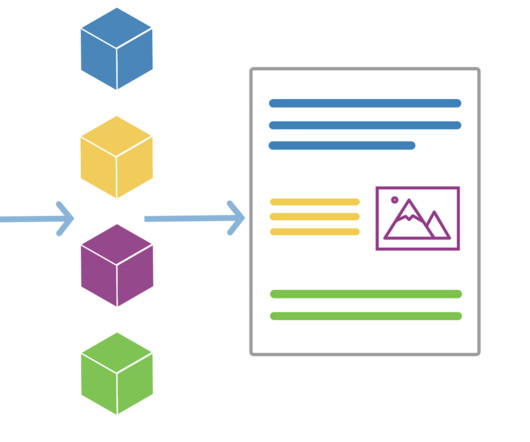Harnessing the Power of Bloom's Taxonomy for Effective Assessment and Learning Outcomes in Courses
BrainCert
APRIL 4, 2023
Assessments are a vital component of the educational process, providing essential feedback to both educators and students on learning progress and effectiveness. A well-designed assessment, guided by Bloom's Taxonomy, can enhance the learning experience, promote learner engagement, and contribute to better learning outcomes.















































Let's personalize your content